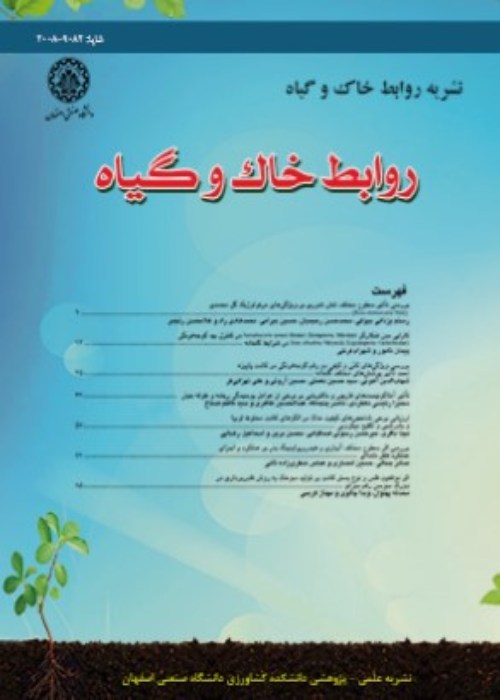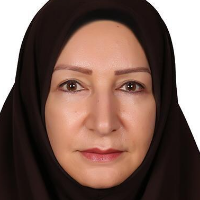Biochemical changes in terpenoids, essential oil content and yield in peppermint (Mentha piperita L.) under bacterial and fungal treatments under greenhouse conditions
Author(s):
Abstract:
This experiment was carried out to study the effect of plant growth promoting rhizobacteria (PGPR) and arbuscular mycorrhizal fungi (AMF) on essential oil content, yield and composition of shoots in peppermint (Mentha piperita L.), based on completely randomized design with three replications, in the Research Greenhouse of Faculty of Agriculture, Urmia University, in 2010. Inoculation with three species of PGPR (Azotobacter, Bacillus and Pseudomonas) and three species of AMF (Glomus mosseae, Glomus intraradices and Glomus fasciculatum) and control (no bacterial or mycorrhizal inoculation) were the experimental treatments. Results revealed that the highest essential oil content (2.77%) and yield (0.259 ml per pot) was obtained in Glomus fasciculatum and Pseudomonas treatment, respectively. Chemical analysis of the essential oil showed that in all the treatments, the main components of the oil were menthol, menthone, isomenthone, 1,8- cineole, pulegone and menthofuran. The highest values of menthol (42.27%), menthone (19.33%), isomenthone (16.77%), 1,8- cineole (10.16%), pulegone (7.34%) and menthofuran (6.61%) were obtained in control, Glomus mosseae, Bacillus, Azotobacter, Glomus intraradices and Pseudomonas, respectively. Comparison of terpenoids content indicated that the amount of oxygenate monoterpene increased with application of Glomus mosseae, Glomus fasciculatum, Bacillus and Pseudomonas and hydrocarbonate monoterpene with Glomus fasciculatum, Glomus intraradices and Azotobacter. Total amount of monoterpene and hydrocarbonate sesquiterpene increased in all the treatments. In general, the results showed that different bacterial and fungal treatments have different effects on chemical composition of the essential oil of peppermint. Therefore, to achieve the needs of different industries for specific chemical profile of peppermint essential oil, it can be suggested that this plant be inoculated with bacterial and fungal treatments to get the desired chemical components.
Keywords:
Essential oil , PGPR , AMF , Terpenoids , Peppermint
Language:
Persian
Published:
Journal of Soil and Plant Interactions, Volume:7 Issue: 26, 2016
Pages:
151 to 163
magiran.com/p1580867
دانلود و مطالعه متن این مقاله با یکی از روشهای زیر امکان پذیر است:
اشتراک شخصی
با عضویت و پرداخت آنلاین حق اشتراک یکساله به مبلغ 1,390,000ريال میتوانید 70 عنوان مطلب دانلود کنید!
اشتراک سازمانی
به کتابخانه دانشگاه یا محل کار خود پیشنهاد کنید تا اشتراک سازمانی این پایگاه را برای دسترسی نامحدود همه کاربران به متن مطالب تهیه نمایند!
توجه!
- حق عضویت دریافتی صرف حمایت از نشریات عضو و نگهداری، تکمیل و توسعه مگیران میشود.
- پرداخت حق اشتراک و دانلود مقالات اجازه بازنشر آن در سایر رسانههای چاپی و دیجیتال را به کاربر نمیدهد.
In order to view content subscription is required
Personal subscription
Subscribe magiran.com for 70 € euros via PayPal and download 70 articles during a year.
Organization subscription
Please contact us to subscribe your university or library for unlimited access!



